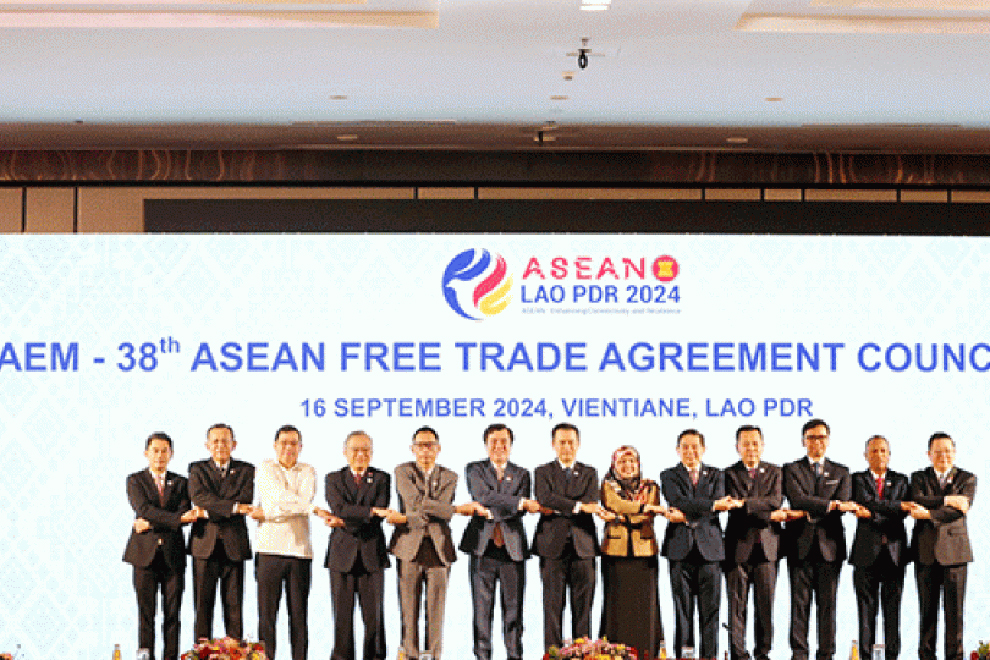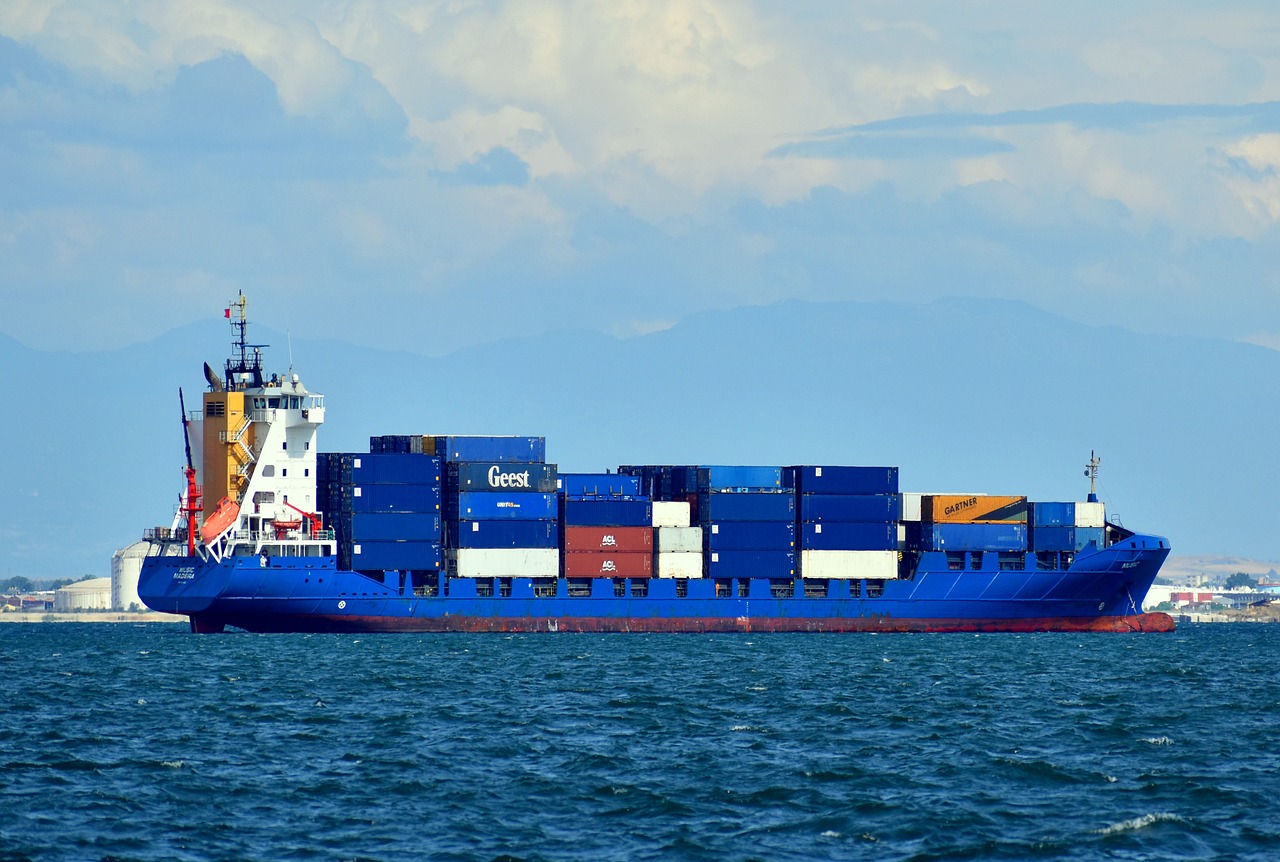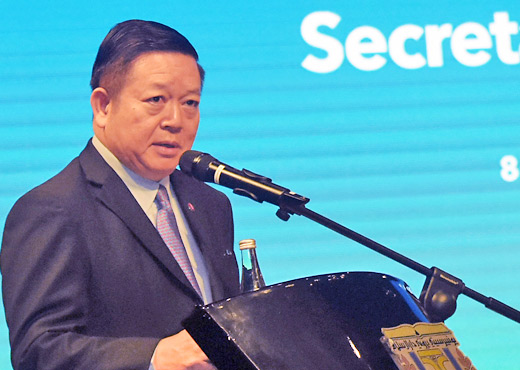Trading among ASEAN countries has made significant strides since the ASEAN Free Trade Area was established in 1992 and is set to grow further in the coming years.
The surge in trade was underscored by Laos’ Minister of Industry and Commerce, Mr Malaythong Kommasith, when he chaired the 56th ASEAN Economic Minister Meeting (AEM) and 38th ASEAN Free Trade Area Council Meeting in Vientiane on Monday.
ASEAN has eliminated tariffs on almost all products, comprising 98.6 percent of all tariff items, and is continuing to refine the ASEAN Single Window Tax Notification System, in order to reduce trade costs and facilitate business in the region, Mr Malaythong said.
These measures have led to a marked growth in trade, with the value of inter-ASEAN trade in 2023 reaching US$759 billion, accounting for 21.5 percent of the total value of trade by ASEAN countries.
Mr Malaythong said he greatly appreciated the fact that this achievement was due to the strong leadership of ASEAN Economic Community Senior Officials and related sectors, which have implemented commitments under the ASEAN Trade Agreement and the ASEAN Programme to ensure the success of the ASEAN Economic Community Master Plan for 2025.
“In the past year, we have fulfilled work plans on the creation of the ASEAN Free Trade Zone and achieved many goals. In particular, we were able to resolve issues arising from the ASEAN Trade Agreement and the use of electronic trade documents through the ASEAN Single Window Tax Notification Service System,” he said.
He also highlighted the progress of negotiations to upgrade the ASEAN Trade Agreement which he hoped would be completed in 2025 as scheduled.
To broaden and deepen regional trade and further integrate trade, the meeting will consider and adopt a report from the ASEAN Economic Senior Officials Committee, a report from the negotiating committee on the upgrade of the ASEAN Trade Agreement, and the joint statement of the 38th AFTA Council Meeting, Mr Malaythong said.
He invited ministers attending the meeting to make constructive comments towards resolving various issues and to recommend clear directions for future progress by creating a favourable environment for the development of trade in the region.
For authentic article, please read here
Source: The Phnom Penh Post
























